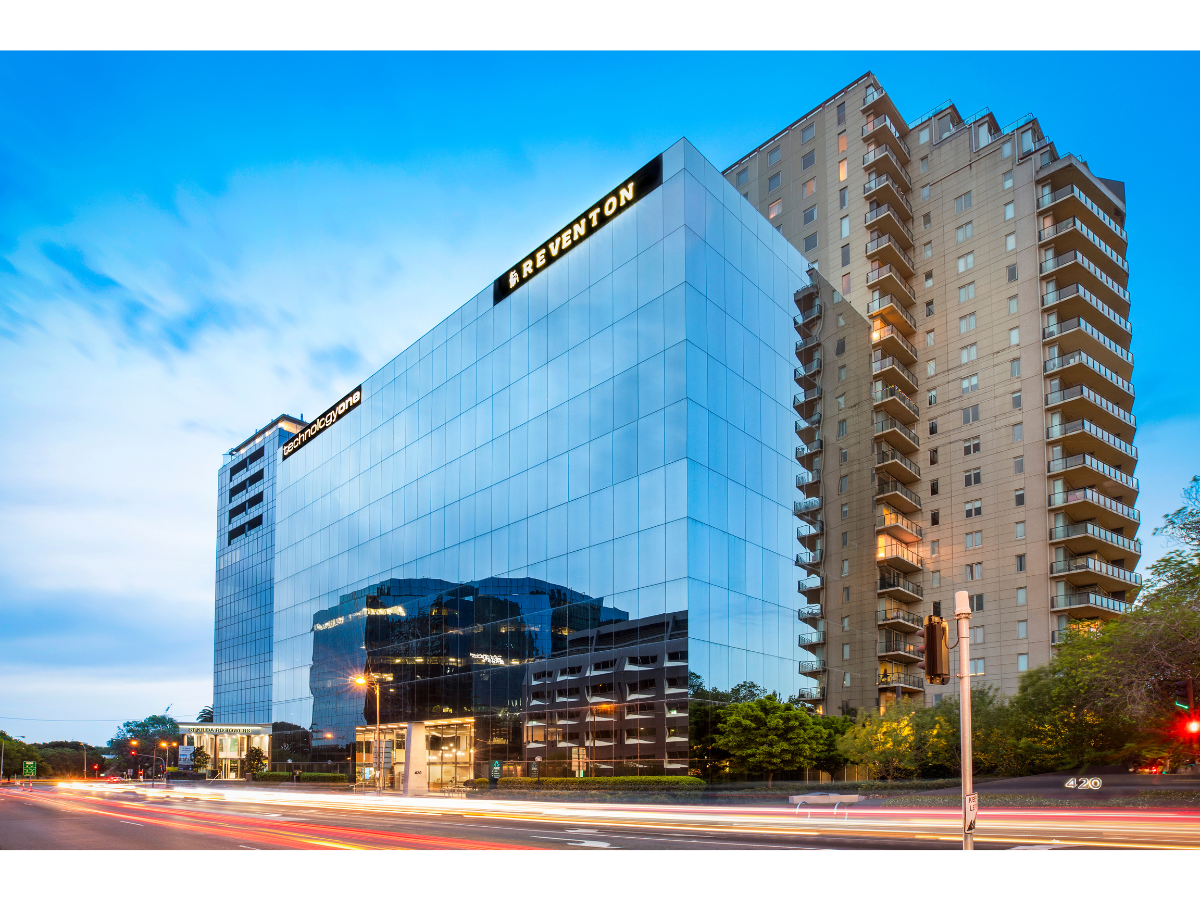How social value is influencing location decisions
Companies are increasingly focused on employee wellbeing and the workplace community
Proximity to public transport, clients, cafes and restaurants are typical selling points for office owners trying to draw new tenants. But increasingly they are seeking to provide another quality: social value.
Prized by companies such as Nuveen Real Estate, and evident everywhere from the Met Tower redevelopment in Glasgow, Scotland, to JLL’s new Sydney office, social value refers to the social, environmental and economic impacts that a property has on the community in and around it.
“It comes back to people,” says Tim O’Connor, head of office leasing at JLL Australia. “Until recently, there’s been a separation between the public around a building and the people within it, but now there’s a real shift to embrace the community around your space as well as look after those working in it.”
According to the World Economic Forum, locations with good social value can be the key to unlocking urban regeneration. As such, companies are making clear their intentions around the concept. For example, Nuveen recently committed $15 billion that focuses on “building communities that enrich the lives of their residents.”
The company plans to invest in social and affordable housing for disadvantaged communities or low-income workers while regenerating local services like healthcare and transport in communities.
Efforts are also coming to the fore in new developments. Take Glasgow’s Met Tower, which incorporates not just open-air public spaces but also an underground area designed for community initiatives like co-working or local markets.
Looking for more insights? Never miss an update.
The latest news, insights and opportunities from global commercial real estate markets straight to your inbox.
In London, a local council-led scheme asked developers to provide 10% of newly constructed office space at nominal rent to be used by young companies. The three spaces created so far are estimated to have generated £1.24 million ($1.55 million) in social value.
To judge the value, the council looked at measurable outcomes achieved by the businesses using the space. For example, 28 apprenticeships created by tech company Space 4, one of the companies occupying the space, was estimated to have created over £544,000 worth of social value.
Putting social value in action
In JLL’s Responsible Real Estate: Social Value report, 94% of survey respondents agreed that the built environment has a role to play in creating a positive social impact in our communities. Yet only 35% of respondents said that social value is currently an embedded part of their real estate decision-making process.
“One challenge facing companies in instituting social value is that measuring it’s outcome is a little harder than looking at, say, the environmental impact of a space,” O’Connor says.
So far there are over 300 worldwide schemes that aim to create a way to quantify social value, but as yet no gold standard. The main hurdle to creating clear numbers is that it’s difficult to put a financial number on many benefits of social value projects like improved wellbeing or greater sense of community.
So, how can companies integrate the trend? JLL’s report states that measures must create lasting social impact throughout all elements of the property life cycle.
Influencing this at a location level can include choosing premises with access to green spaces and nature, as well as easy access to health or wellbeing facilities. It can also mean choosing buildings with plenty of natural light and airflow, and accessibility factors like step-free access.
Landlords and tenants should also look at ways they can connect with the local community.
Investment Opportunities
“One construction company we are working with in Sydney, for example, has located to an area with many girls’ schools, and it is working with these schools on STEM (science, technology, engineering, and mathematics) initiatives to get the pupils to come in and see the business and how it works, and hopefully have some new recruits in the future,” O’Connor says.
The report also suggests balancing the economic rationale of location decisions – that is, the access to employees and cost of doing business – with social and environmental factors.
“Prioritize locations that offer good connectivity, good amenities, health and wellbeing facilities, connection to the local communities and green spaces,” the report states.
For companies with the appetite to generate social value at a grass roots stage, making the decision to relocate to an underdeveloped community can foster regeneration as well as improve social outcomes for both workers and residents.
For a Madrid-based financial firm considering whether to retain its city-centre office or relocate to a less established area, social value amenities alongside key real estate metrics like rents and vacancy rates, led the company to move.
“Again, we go back to people. The attraction and retention of talent is the biggest cost for any organisation, more so than the rental of the building, and so your company’s social value is increasingly becoming part of the package to entice the best,” says O’Connor.
Contact Tim O'Connor
Head of office leasing, Australia, JLLWhat’s your investment ambition?
Uncover opportunities and capital sources all over the world and discover how we can help you achieve your investment goals.




